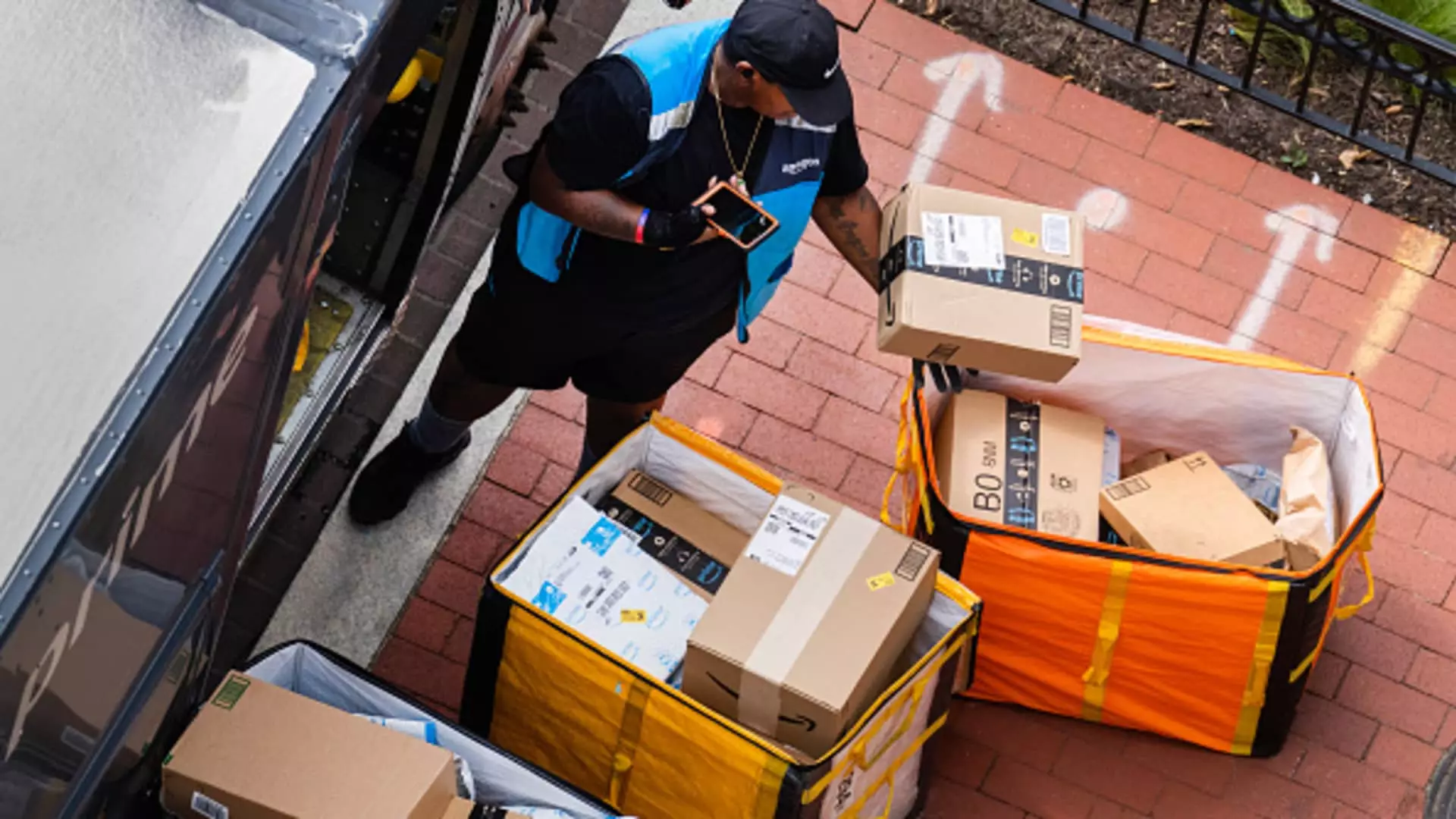When Brandon Fishman decided to offer a discounted price for his vitamin-infused coffee during Target’s sales event, he did not anticipate the negative impact it would have on his sales on Amazon. The automated systems on Amazon detected that his product was available at a lower price on Target, causing a significant drop in sales on the e-commerce giant’s platform. This chain of events was an unwelcome surprise for Fishman, who saw his product lose the buy box to a reseller despite being the owner of the VitaCup brand.
Amazon’s commitment to offering the lowest prices has been a key driver of its success as an online marketplace. The company’s algorithms continuously monitor prices across the internet and adjust accordingly to match or beat competitors’ prices. However, this practice has come under scrutiny from lawmakers and regulators who claim that it stifles competition. The recent lawsuit filed by the Federal Trade Commission accuses Amazon of using an “anti-discounting strategy” through its pricing tools.
The Impact on Sellers
The situation faced by Fishman and other sellers like Mason Arnold illustrates the challenges that merchants encounter in a competitive online marketplace. Losing the buy box on Amazon can have a significant impact on sales, as nearly 98% of purchases are made through that button. As a result, sellers often resort to lowering their prices to regain visibility on the platform, leading to reduced profit margins and financial losses.
Target’s Circle Week promotion, timed around Amazon’s Prime Day, played a significant role in disrupting the sales of merchants on Amazon. By displaying actual sale prices instead of percentage discounts, Target inadvertently triggered Amazon’s pricing algorithms, resulting in sellers losing the buy box. While Target made some adjustments to the promotions to avoid detection, the impact on sellers’ businesses was already felt.
The Dilemma for Sellers
For sellers like Arnold and Fishman, balancing competitive pricing on Amazon with maintaining profit margins is a delicate dance. The pressure to match prices set by resellers and offline retailers can force sellers to operate at a loss, jeopardizing their businesses. The reliance on Amazon as a primary source of revenue makes it challenging for sellers to navigate the demands of the platform while protecting their bottom line.
The Future of Online Retail
As e-commerce continues to evolve and competition intensifies among online marketplaces, the challenges faced by sellers are likely to persist. Finding a balance between offering competitive prices and maintaining profitability will remain a key concern for merchants. The need for transparent pricing practices and fair competition in the online retail space is essential to creating a level playing field for all sellers. Only time will tell how platforms like Amazon and Target adapt to the changing dynamics of e-commerce and the impact on independent sellers.


Leave a Reply